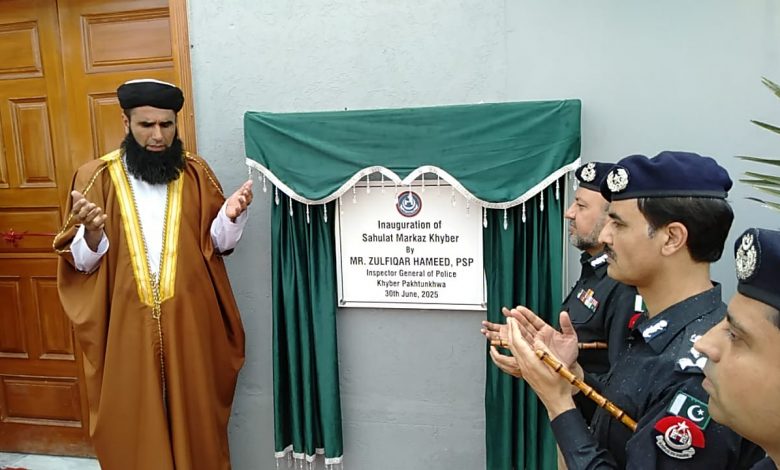Launching in 2020, the Bus Rapid Transit (BRT) in Peshawar aimed to make commuting easier. For women in Peshawar, it has been a welcome change.
A 2016 survey showed that 90 percent of women felt unsafe on public transport, a concern that BRT has addressed. However, Each BRT bus allocates 8 to 10 seats for women and twice that number for men. Additionally, 5 orange-colored seats are designated for specific individuals, yet these are frequently occupied by male passengers.
There are two seats reserved for transgenders on the bus, marking the first instance in the province's history where seats have been allocated for this community in public transport. Despite being a daily BRT commuter, I've consistently stood during my travels since the service's inception. The primary reason is the inadequacy of seats designated for women.
Also Read: Residents of Landi Kotal Unite: ‘Give Water, Take Vote’ Campaign Gains Momentum
On a recent BRT trip, I found myself standing, unable to secure a seat as usual. Alongside me, a pregnant lady also stood throughout the journey. With every bus stop, more women boarded, exacerbating the women's discomfort. She eventually sat down where she stood, and as her condition worsened, she disembarked at another station.
Upon reaching Saddar's stop, I inquired at the office about the decreased number of seats reserved for women. The response from two or three individuals was that more seats are allocated for men due to their work and commuting needs. This explanation felt perplexing, considering the contemporary reality where women are actively engaged in the workforce similar to men.
Despite these challenges, the BRT remains popular among female students, teachers, doctors, nurses, and women from various walks of life. However, the limited seats often lead to crowded conditions, making it difficult for women to stand comfortably.
It's time for BRT management to reconsider seat allocation, ensuring an equal number of seats for both men and women. This adjustment would not only reflect the changing dynamics of our workforce but also enhance the overall commuting experience for everyone in Peshawar.
1.jpeg)
.jpeg)
01 Jul, 2025

.jpeg)


